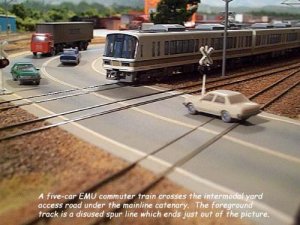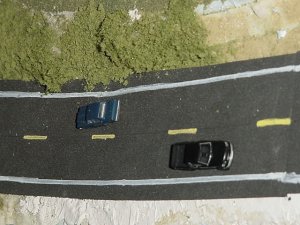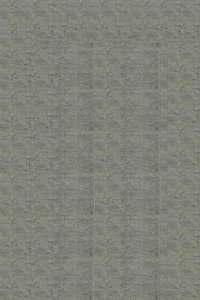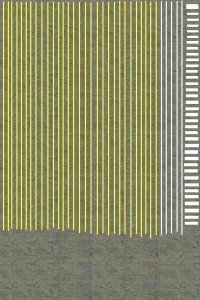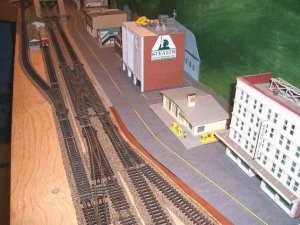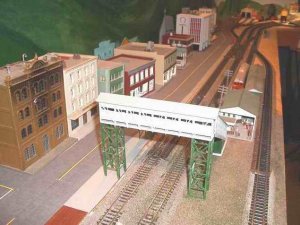Roads & Road Lines
This was from my old thread at
My layout progress (
1 2 3 ...
Last Page)
Denyons
I picked the brains of a friend who had managed to extract the general road background from a game that he plays on the internet.
I have the background saved on my computer and I printed it onto several 8.5" x 11" sheets of AVERY Label paper. The paper is self adhesive and easy to stick down. You do need to have a smooth surface to put the roads down or you will have a very bumpy road.
I used arborite cuttings that I obtained from our local lumber store. I glued the arborite down with contact cement.
For the yellow or white lines I just brought up the road background on my computer in my PAINT Program then used the mouse to draw lots of straight lines in the 2 colours. (Choose a thin line)
The benifit of putting the lines right onto the road background is that you don't have to worry about cutting the lines right up to the yellow as it will just blend into the main road that you have put down.
I hope this makes sense as I am not that great at explaining.
If anyone would like the background drop me an email and I will send it to you.


